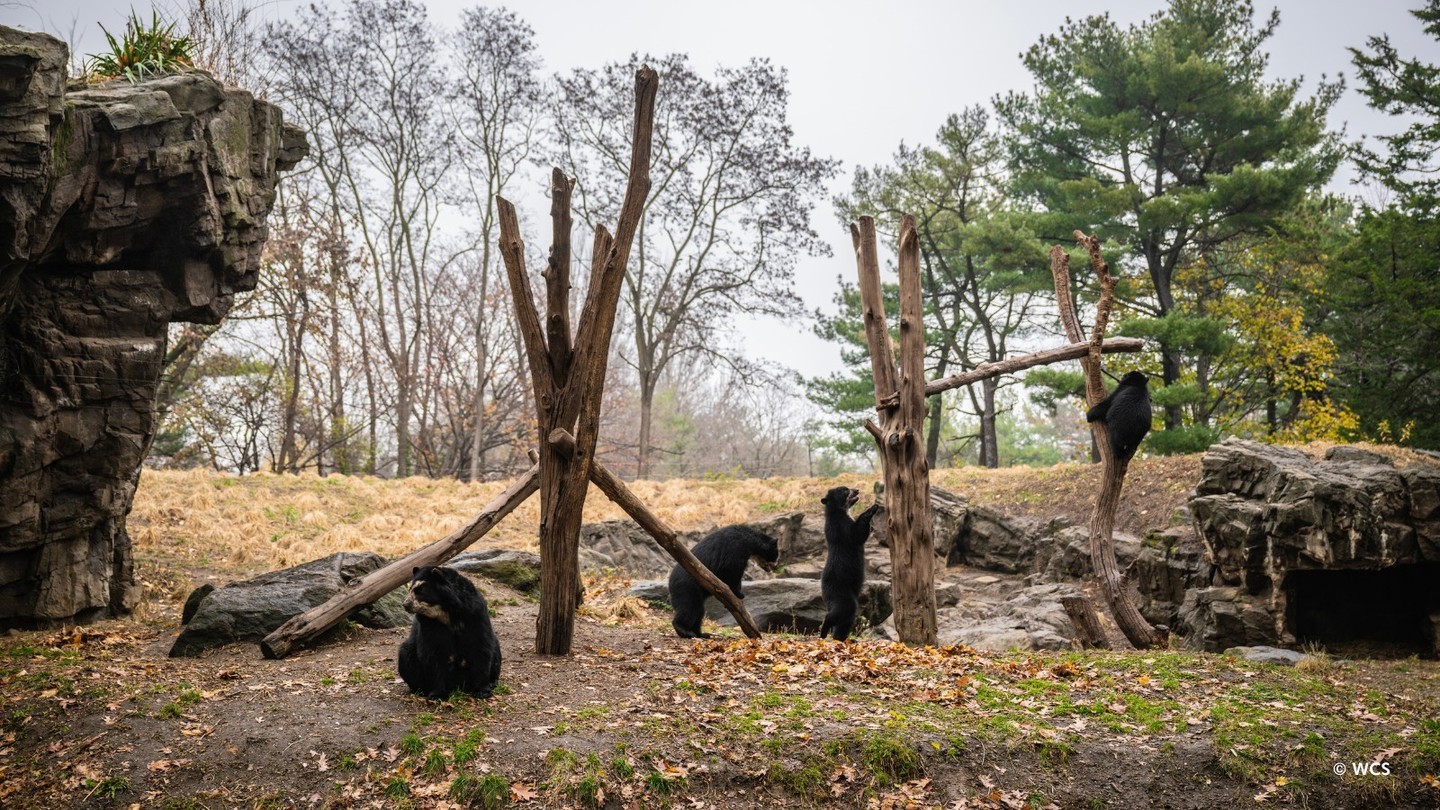- Advantages of Visiting the Queens Zoo in Winter
- Adaptations of Zoo Animals to Cold Weather
- Visitor Experience and Activities During Winter
- The Role of the Queens Zoo in Wildlife Conservation
- Tips for Planning a Winter Trip to the Queens Zoo
The picturesque Queens Zoo, nestled in New York City, is a year-round destination for wildlife enthusiasts and curious visitors alike. Winter might not be the most obvious choice for a zoo visit, yet there are compelling reasons to explore the Queens Zoo during the colder months. There are features specific to winter that make a visit both delightful and educational.
Advantages of Visiting the Queens Zoo in Winter
A visit to the Queens Zoo during winter offers several benefits that often go underappreciated. Firstly, the zoo tends to be less crowded in the winter than in the peak summer months. This allows visitors to explore the exhibits at a more relaxed pace and with less interruption. Fewer visitors also mean a more intimate experience with the animals, allowing for longer observations and better opportunities to learn about their behaviors. Winter’s lower temperatures can also be a boon for animals accustomed to milder climates. Many animals are actually more active in cooler weather, as opposed to the heat of summer which can cause lethargy. This results in increased chances of seeing animals in motion, rather than resting in shaded areas. Additionally, the winter setting transforms the zoo into a serene landscape, blanketed in snow, providing a different aesthetic appeal compared to the lively green of summer.
Adaptations of Zoo Animals to Cold Weather
Understanding how animals adapt to cold weather enriches the zoo experience. Animal adaptations are fascinating demonstrations of evolutionary biology. Many of the species at the Queens Zoo come from regions where fluctuating temperatures are common. For example, the Andean bear and Pallas’s cat display unique adaptations that allow them to thrive even in colder environments. Bears grow a thicker fur coat leading up to the colder months and increase their body fat reserves as an insulation layer against the cold. This biological preparedness not only helps them survive but often leads to increased activity as their need to forage decreases while their energy reserves remain high. Other species, such as snow leopards, have natural features like dense fur and specialized nasal passages that are designed to aid in warming cold air before it enters their lungs. Penguins, though not unique to snowy climates within the zoo, offer a striking example of adaptation. Their dense waterproof feathers and unique body fat distribution keep them warm in temperatures that would challenge less adapted organisms.
Visitor Experience and Activities During Winter
Visitors to the Queens Zoo in winter can also enjoy a range of unique activities. Winter-specific educational programs offer the chance to learn how both the zoo and its animals prepare for and adapt to the seasonal conditions. Interactive sessions carefully structured by the zoo’s educators can show the intricate process of animal care during harsh weather. This involves the specifics of diet changes, the behavioral needs of the animals, and the ways in which exhibits are altered to provide optimum conditions for the animals. Families and school groups find these sessions particularly engaging, as they broaden their understanding of wildlife management in controlled environments.
Moreover, the winter months invite a special kind of interactive enchantment. Whether it’s watching animals play in the snow or participating in chilly-weather themed activities, visitors are sure to have memorable experiences. The zoo often revises its daily schedule to accommodate longer animal watch times, and facility tours can provide behind-the-scenes perspectives on zoo operations.
The Role of the Queens Zoo in Wildlife Conservation
The Queens Zoo plays a crucial role in wildlife conservation year-round, but winter can bring its initiatives into sharper focus for those who are attentive to these efforts. The zoo participates in the Species Survival Plan, focused on breeding programs for endangered species. Wintertime allows for concentrated attention on these programs, as the reduction in visitor numbers provides the staff with more flexibility to integrate conservation-based learning into visitor interactions. Wintering animals play a key role in these plans. Zoo scientists use the season as an opportunity to observe particular seasonal behaviors which can be critical for conservation strategies. By supporting breeding programs and maintaining habitats that mimic natural winter environments, the Queens Zoo serves as a conservation beacon for many species facing threats in the wild.
Tips for Planning a Winter Trip to the Queens Zoo
Planning a visit to the Queens Zoo in winter requires some thought. The first thing for visitors to consider is appropriate clothing. Layering is essential to ensure warmth when walking outdoors between exhibits, as the terrain can sometimes be cold and slippery. Comfortable footwear is also key, as pathways might be covered in snow or ice. Visitors should research the zoo’s winter hours, as they can change compared to other seasons.
Though New York City offers ample options for indoor dining, a winter visit to the Queens Zoo provides the opportunity to sample warming treats such as hot cocoa or soups available at the zoo’s concessions. Accessibility is another factor; winter travel may require ahead-of-time planning to navigate New York City’s transit systems efficiently and ensure a smooth journey to and from the zoo.
Visiting the Queens Zoo during the winter months presents an opportunity to view the wonders of animal adaptation firsthand, engage with enriching educational content, and partake in a less crowded, serene setting. This experience underscores the broader mission of the zoo in terms of conservation and public education, making it a rewarding destination even in the throes of winter.
*****
Source Description
When people ask us if winter is a good time to visit the Queens Zoo…
📸: WCS photographer, Terria Clay


